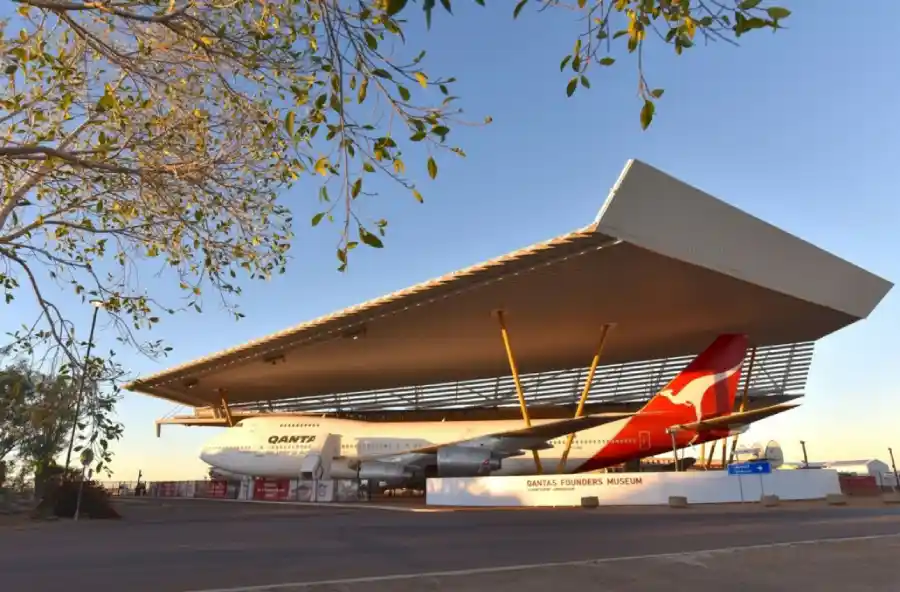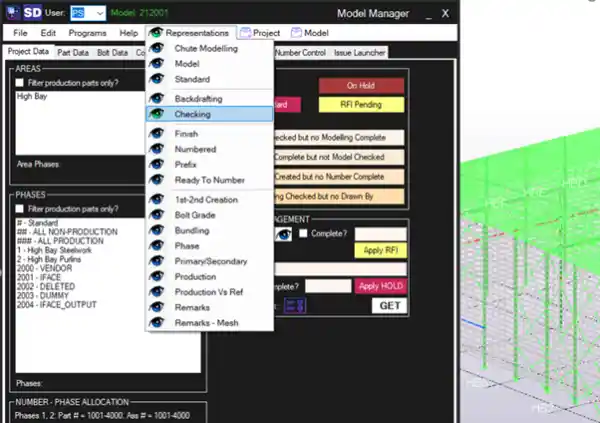Steelcad Drafting has been positively challenging Trimble on Tekla improvements over many years, and we wanted to know more about this company, how they operate, and how they use technology to not only help their business but how they ultimately satisfy their customers.
Robert Lamb, BuildingPoint Account Manager caught up with Clayton Roxborough, Managing Director Steelcad Drafting Pty Ltd recently.
Steelcad Drafting is a long-standing steel detailing business head-quartered in Brisbane with additional offices in Melbourne and Manila. After decades of operating in the heavy engineering and steel construction industries right across Australia, Steelcad has developed a well-established and proven network of sub-contractor detailing firms.
Although Steelcad’s core business is in the mining and materials handling sector, they have delivered a long and impressive list of projects across all markets in steel construction, from public infrastructure and defence projects to high-end retail and commercial developments.
QANTAS Founders Museum – Longreach, Queensland.
Like most enduring detailing businesses, the tools of the trade in Steelcad’s drawing office have witnessed a gradual evolution from drawing boards to 2D AutoCAD, and eventually, to 3D modelling software. At each leap in technology there were draftsmen who were reluctant to change, as well as some that were champing at the bit to adopt the new tools and methodologies.
Steelcad acquired its first Tekla Structures licence in 1996 and, a few years later, transitioned to using Tekla exclusively in the drawing office. This software has been the mainstay for their shop detailing production ever since. However, this is not to say that evolution has stopped.
Early versions of Tekla Structures, or X-Steel, as it was known, were ground-breaking to the industry. For the Steelcad business at least, it was the discovery of the Tekla open API that really changed the landscape of company operations and project management for the better.
Prior to the API, methods of managing models and drawings were quite rudimentary. The use of classes for colour-coding, in conjunction with reports and select-filters, was the backbone of manipulating data and achieving an understanding of project scope and status.
Steelcad Drawing Office Control System (DOCs) Interface
Another beneficial development in Tekla, was Object Representation. This gave flexibility to the identification of objects and allowed detailers to colour-code a model based on User Defined Attribute (UDA) values that were applied to the model.
When Steelcad first started looking into developing applications for the business, they primarily focussed on the low-hanging fruit such as modelling and detailing workflows. One of the first applications developed was a checking interface. This tool allowed UDA fields to act as switches to identify the status of checking and, with the use of Object Representation, the objects could be colour-coded to identify their status in the model environment. It was a simple thing, but it had a meaningful impact and changed the way the company conducted quality assurance in the drawing office.
Steelcad Model Manager Interface
As Tekla became more and more sophisticated, the increased technology burden this placed on the drawing office staff became a drag on performance and productivity. Modellers and detailers were becoming computer operators. Their highly-prized steel detailing skill-sets were being crowded out by the need to manage data within their domain. It became clear that Steelcad needed the API to enable them to simplify the data movement and management, so they developed applications to push that data around, based on workflow triggers.
With models rich in data, the Tekla Open API has given them the tools they need to develop, manage, and manipulate data to suit their needs. This, coupled with programming creativity, means Steelcad can design applications to streamline workflows and deliver to clients, documentation consistency, data integrity, and project certainty.
Steelcad is a specialist construction modelling business, and outside of their people, Tekla software represents their largest investment in drawing office productivity.
In recent years the advent of Model Share has released a whole new wave of flexibility and functionality to the business operations, particularly through the Covid pandemic, and they are currently putting Trimble Connect through its paces to see if anything extra can be squeezed from its performance. So far, it is looking promising.






